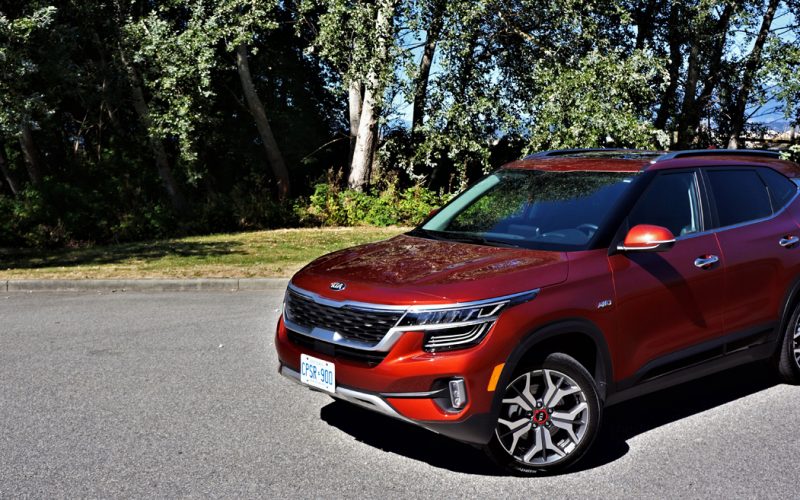
Reading Time: 13 minutesTwo weeks of living with two trims of Kia’s latest Seltos, and it’s now easy for
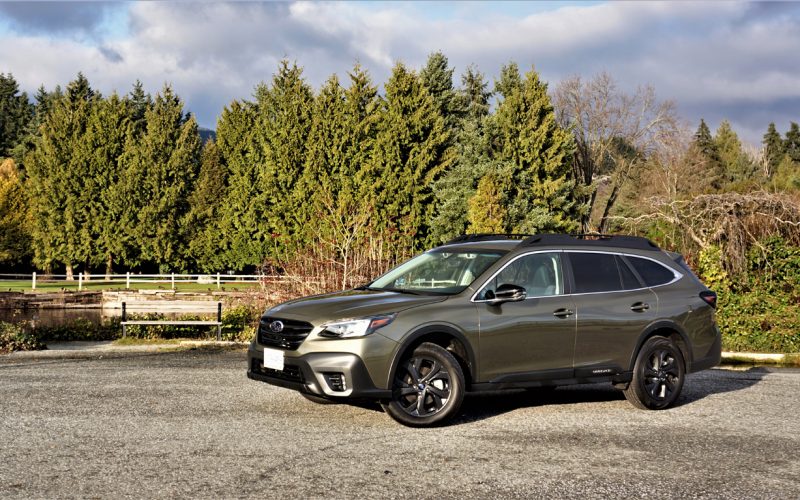
Reading Time: 15 minutesSubaru is all about subtleties when it comes to redesigns, with the latest Outback staying true
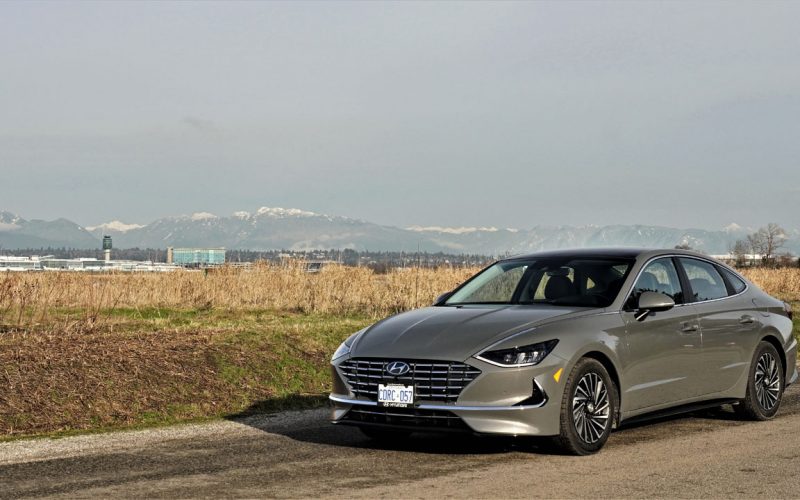
Reading Time: 9 minutesThe mid-size sedan might be a dying breed, especially in Canada where they’ve never been as
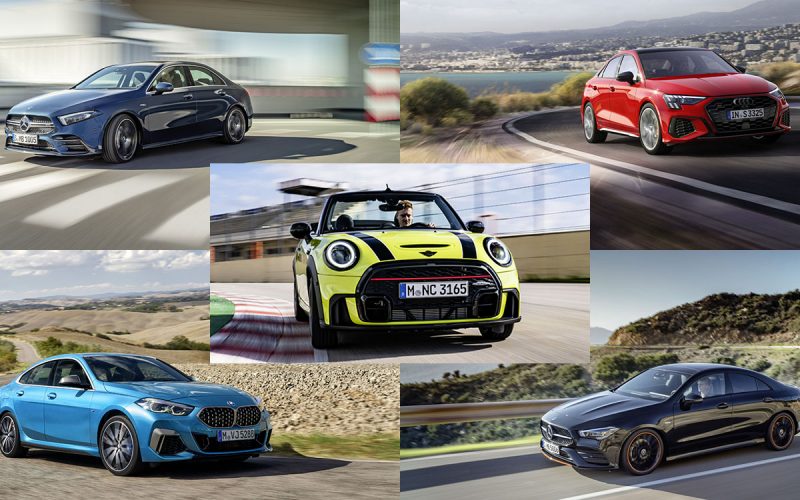
Reading Time: 22 minutesSmall luxury sedans and hatchbacks aren’t selling as well as they once did, but some brands
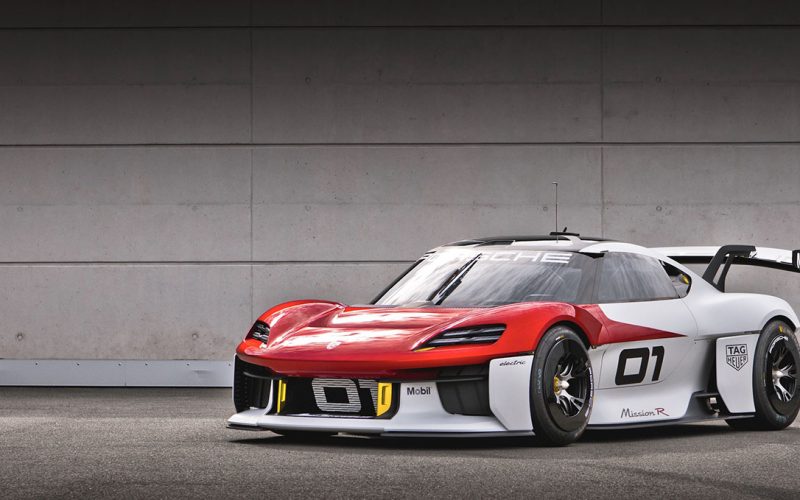
Reading Time: 6 minutesWith an automotive world shifting away from gasoline- and diesel-powered internal combustion engines, and toward battery
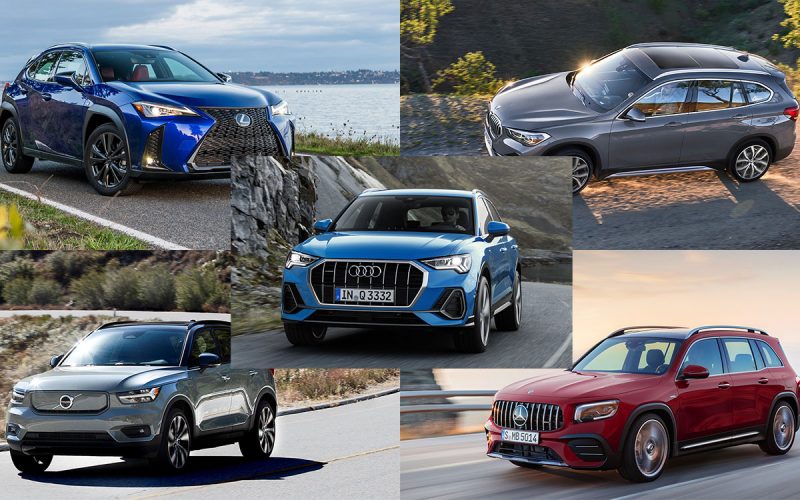
Reading Time: 17 minutesSubcompact crossover SUVs are the new gateway to the luxury market sector, so therefore if a
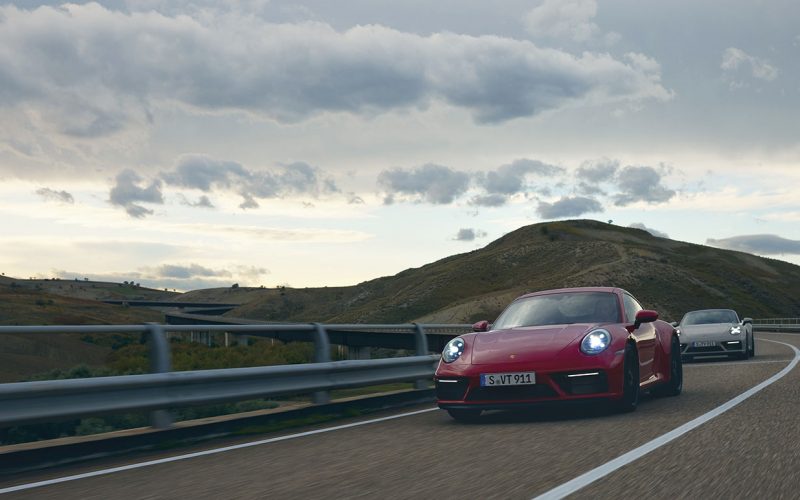
Reading Time: 5 minutesThe fabulous 911 GTS is back, and just like in 2019, the last time Porsche offered
© 2025 The Car Magazine. All Rights Reserved, Privacy Policy | Terms of Use